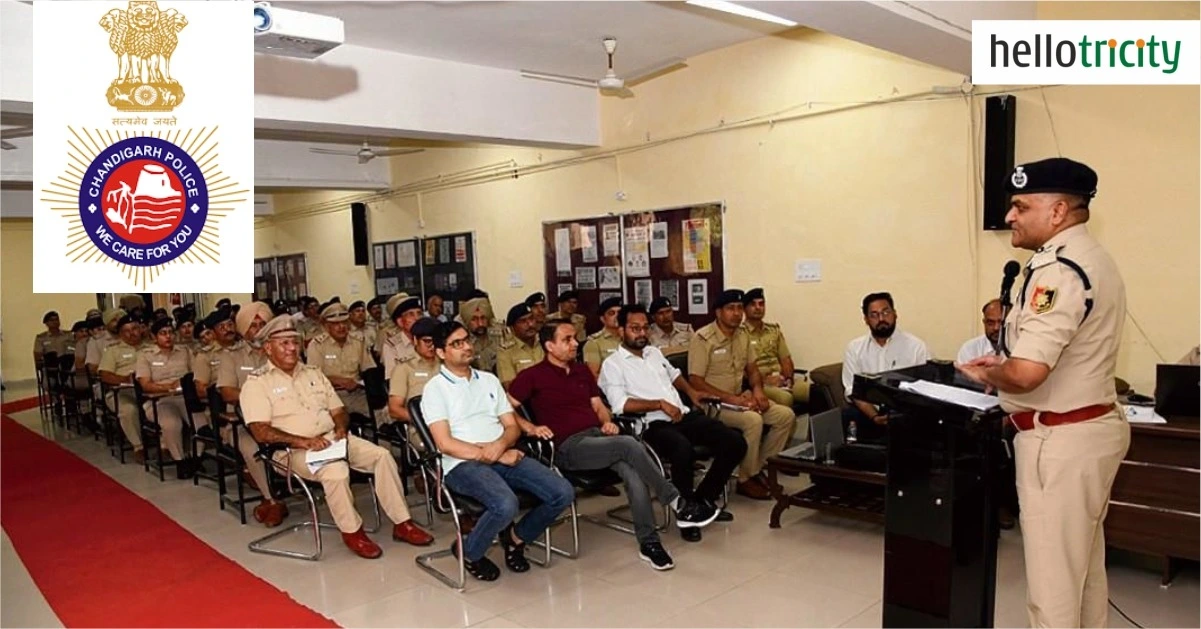Yesterday, the first two FIRs (First Information Report) were filed under Bharatiya Nyaya Sanhita (BNS) recently enacted and its associated laws by the Chandigarh Police, signaling an important phase in Indian law enforcement history. This signifies the change from the old Indian Penal Code (IPC) system that has been in place for decades to a new improved criminal justice system.
The first FIR involved a theft case in the city’s Industrial Area. Responding to the report, the investigating officer (IO) promptly reached the scene, showcasing the efficiency potentially enabled by the new system. Equipped with a tablet pre-loaded with the e-Sakshya App, the IO documented evidence electronically, adhering to Section 105 of the Bhartiya Nagrik Suraksha Sanhita (BNSS). This app streamlines evidence collection by capturing video recordings that are automatically synced to the Cloud for secure storage. Additionally, a unique Session ID (SID) is assigned for each piece of evidence, ensuring a tamper-proof chain of custody, a vital element in legal proceedings. The centralised Crime and Criminal Tracking Network and Systems (CCTNS) platform witnessed the registration of the FIR under sections 305 (theft) and 331(4) (destruction of evidence) of the BNS itself. All law enforcement agencies in the country are supported by this platform in terms of sharing data easily. At the same time, a request was made for a CFSL (Central Forensic Science Laboratory) expert to go to the scene under Section 176 (3) of the BNSS.
The second FIR dealt with an assault and threat case. The Industrial Area police station received information regarding an injured individual admitted to the Government Medical College and Hospital. The IO visited the hospital and recorded the victim’s statement, who alleged being restrained and attacked by six individuals. Following the BNS protocol, the IO then visited the crime scene in Sector 30 and documented the evidence, including bloodstains, using the e-Sakshya App. The entire process was meticulously video recorded, ensuring transparency and potential for future review. The FIR, filed under various sections of the BNS corresponding to wrongful restraint (115(2)), obstructing a person’s movement (126(2)), making a threat (190), criminal intimidation (191(2) & 191(3)), and assault causing bodily harm (351(2) & 351(3)), was registered on the CCTNS platform.
These first FIRs under the new laws represent a crucial step in India’s legal system. The BNS and its companion statutes aim to streamline investigative procedures, enhance transparency, and expedite the justice process. While the long-term impact remains to be seen, the Chandigarh Police’s swift implementation demonstrates the potential for a more efficient and effective criminal justice system in India.




